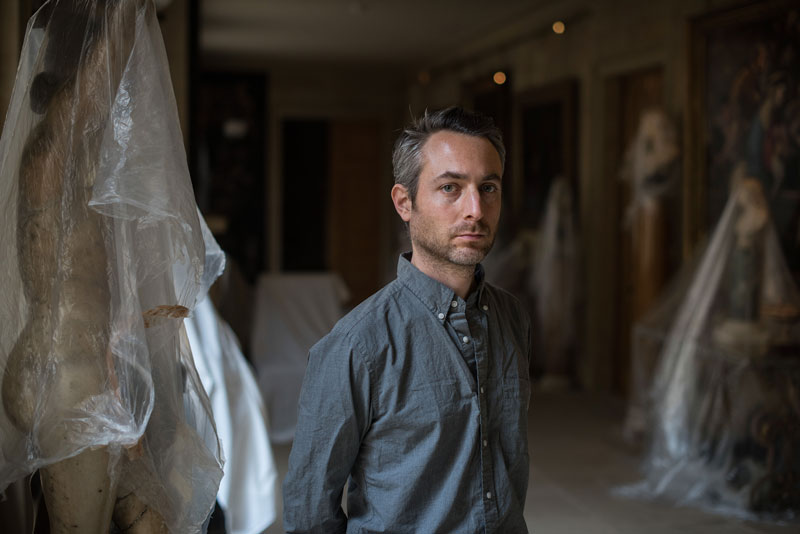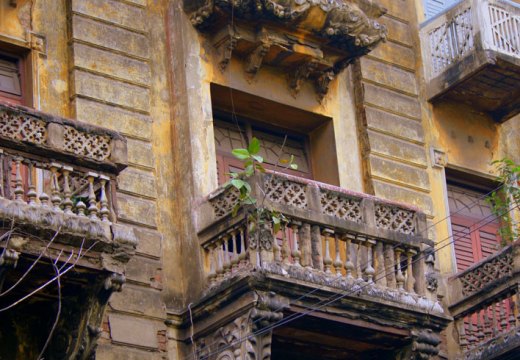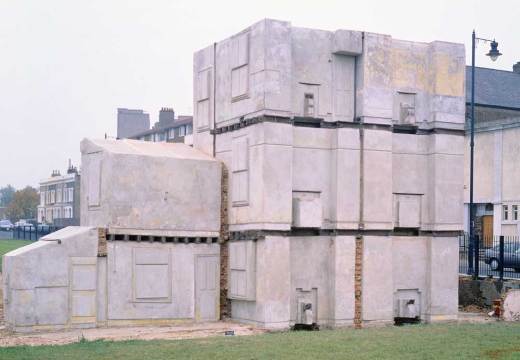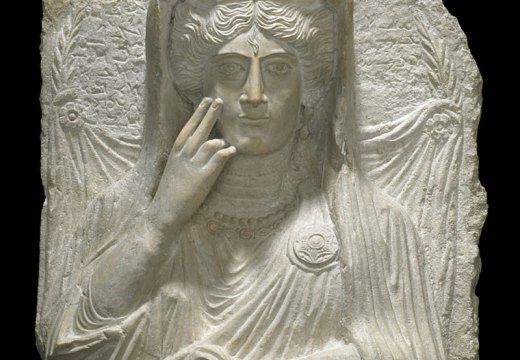As nearly 70 items from the Devonshire Collection at Chatsworth go on display at Nottingham Contemporary, the artist Pablo Bronstein – who has been responsible for the selection – discusses his vision of the house with Apollo
The exhibition at Nottingham Contemporary is part of a larger ‘Grand Tour’ partnership that brings together contemporary artists and historic collections in Nottinghamshire and Derbyshire. Do the pieces you’ve selected from Chatsworth represent what you might have brought back from the Grand Tour in the 18th-century?
Yes, why not. It’s a sort of Grand Tour into the past. They’re things that I’d collect now if I could: I like 17th- and 18th-century silver and delft. But I’ve concentrated on the objects that I think represent a certain kind of unsophisticated optimism, an unsophisticated grasping for culture at the time they were acquired – and an unashamed look towards European centres of culture that were more sophisticated at the time.
A lack of sophistication on the part of their purchasers?
Yes, and very often the first architects and decorators – as far as those jobs existed then. We’re not talking about the high refinements of the French or Papal courts. There were many newly made aristocrats in the 17th century, who suddenly had a lot of cash, and a lot of land, and they started spending. These collections were quite new for that time, even if their owners wanted them to look as if they’d been around for ages. I want to present Chatsworth in the optimism of its new riches.
How daunting was it making a selection from the Devonshire Collection?
It was quite odd, to be honest. They’ve got unbelievable Old Master drawings at Chatsworth, but very often on subjects that I didn’t think were particularly relevant – I wasn’t that interested in showing endless Raphaels of impeccably drawn calf muscles. What they have is very good delft and silver, which by chance is totally up my street.
Those are quite unfashionable types of objects to place at the heart of an exhibition…
There’s an element of me that’s contrarian. What I find interesting about this stuff is that it’s on the verge of mass-production – these are objects that are starting to speak about their market. We’re not talking about unbelievably rarified things, like how a Chinese bowl would have looked to Elizabeth I. It was still a world of extremely elevated finances – in terms of who was able to afford these objects – but nonetheless the delft pyramids at Chatsworth weren’t the only examples in the country. In one sense it feels like quite a contemporary preoccupation: the way that contemporary art, despite its supposedly limited availability and exclusivity, is actually extremely abundant.
What other qualities link the objects that you’ve chosen?
There are surreal touches to some of them. They don’t seem surreal when you’re in Chatsworth, but in galleries with white walls, they feel like sculptures.
Transferring them to a contemporary gallery in Nottingham must alter their meaning in other ways, too?
They’re going to be presented in quite challenging situations – as props in my artworks and installations. I’m interested in the promenaded route through the building at Chatsworth. A lot of the objects I’ve borrowed are from the parade rooms – to be seen at the end of a vista, or as you walk past them, or demarcating a certain type of relationship between private and public worlds. They’re intrinsic to how you walk through the architecture, and frame you as a participant in a kind of power play.
A display of your work will be presented at Chatsworth itself this summer. But you’ve also reimagined the house for the exhibition at Nottingham, haven’t you?
I’ve made a wallpaper for one of the galleries, showing a kind of cleaned up Chatsworth. It’s the idea of the building as a clean, neat conceptual entity – as if it were an ideogram of [the architect] William Talman in conversation with the first Duke. Chatsworth as a structure bothers me very much, so I’ve come up with an image of the house that empties out a lot of the difficulties of the building – the extra wings that have been added over the centuries, and some of the irregularities of the architecture.
Your own work often reflects on connoisseurial traditions, or views them through an ironic or critical lens. Will that be reflected in this exhibition?
Yes, in terms of the large prints and installations, as well as drawings of mine that will be included in the show. The question of connoisseurship in how my work is seen in the art world is an interesting one: the assumption is that if it looks old and traditional, then it is – and very often, particularly in the United States, my art has been taken very literally. If work is traditional, then it has to be a part of an ongoing tradition. My work is part of the tradition of contemporary art, but not part of a (non existent) tradition of neo-baroque architectural drawings.
For me, the important thing is context. I don’t fit into the belief that the past did things better. I feel my aesthetic can be provocative in contemporary contexts, but whenever I’ve tried to fit work into very historic interiors, instinctively I rebel against them.
‘Pablo Bronstein and the Treasures of Chatsworth’ is at Nottingham Contemporary and Chatsworth from 4 July–20 September. To find out more, go to The Grand Tour website.
Click here to buy the latest issue of Apollo
Unlimited access from just $16 every 3 months
Subscribe to get unlimited and exclusive access to the top art stories, interviews and exhibition reviews.














![Masterpiece [Re]discovery 2022. Photo: Ben Fisher Photography, courtesy of Masterpiece London](http://www.apollo-magazine.com/wp-content/uploads/2022/07/MPL2022_4263.jpg)
Has the Fitzwilliam got its rehang right?